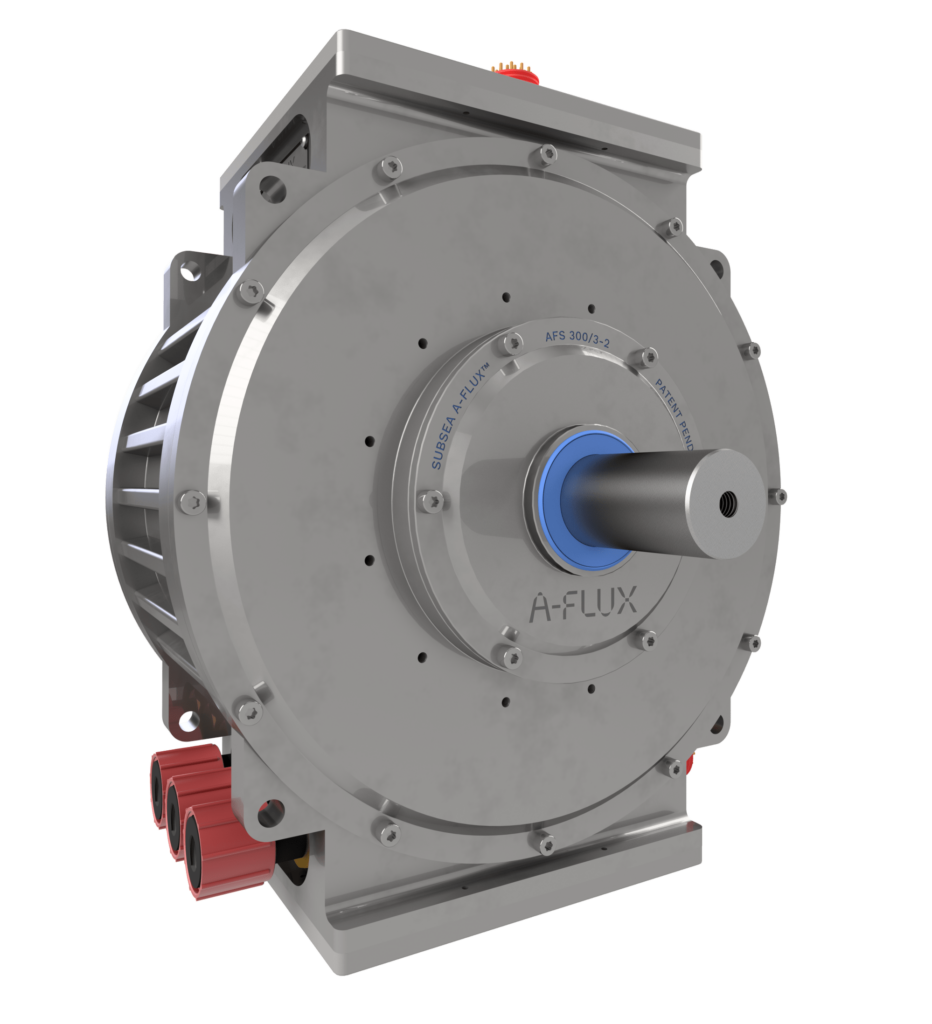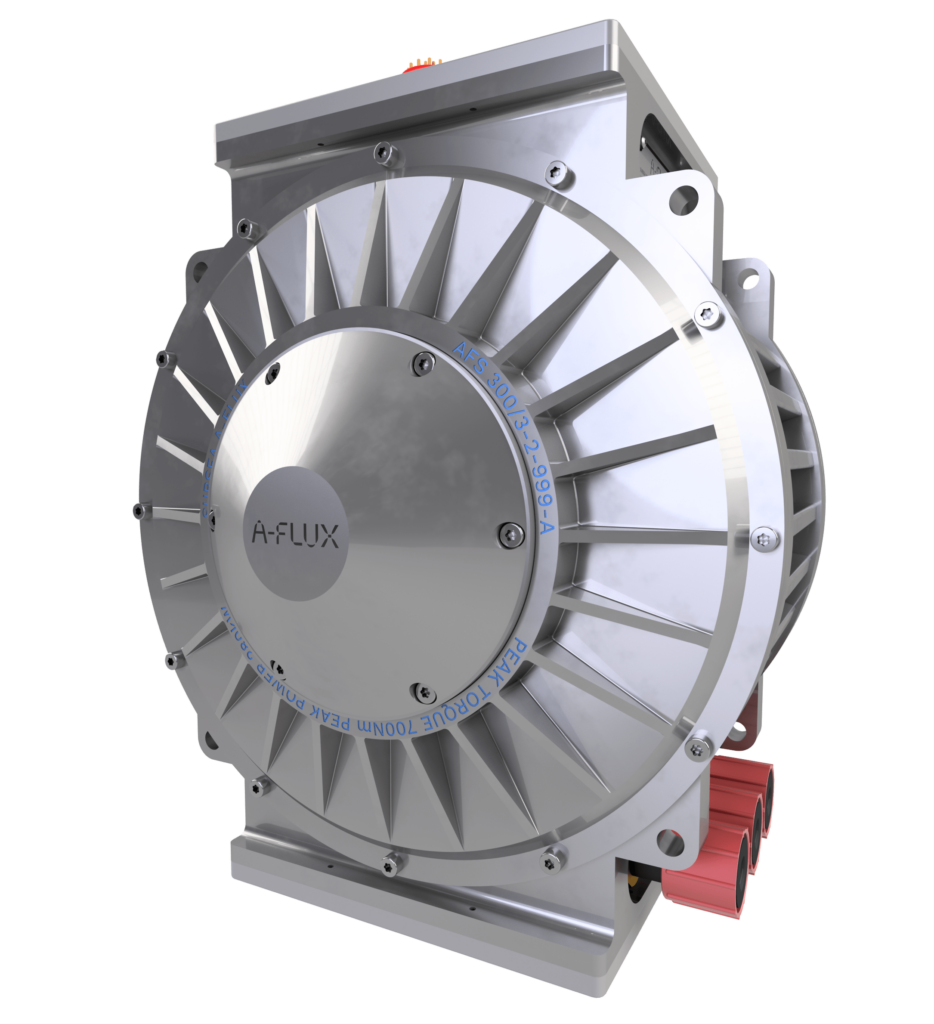High-speed marine motor addresses critical need

(Images courtesy of Walker Subsea)
Rapid acceleration may not be the first thing that comes to mind when considering marine vehicles that serve the offshore industries, but it is important because it increases their operational limits, enabling them to be deployed for longer in higher sea states (writes Peter Donaldson).
That is one of the key selling points of Walker Subsea’s new A-Flux 300-2, an axial flux, permanent magnet, three-phase AC motor. As the company’s technical director Vahid Walker explains, “Subsea machinery is often used in conjunction with a surface vessel to deliver a project. When the cost of vessel downtime runs into six figures per day, the need for high-performance machinery becomes critical.”
The motor is offered for propulsion applications for submersibles such as ROVs and high-speed surface craft, to power pumps and compressors in subsea production systems, winches for lifting and handling systems and, in generator form, for power production in hydro turbines.
Equipped with neodymium magnets, the A-Flux 300-2 is designed to be much smaller and typically three times lighter than equivalent permanent magnet machines, which in turn are much lighter than induction machines.
Axial flux machines have disc-shaped rotors to which the magnets are attached, with torque developed from the inner to outer radii of each magnet, and torque on the shaft equalling the force multiplied by radius.
“The magnet is designed to take up as much of the disc as possible, to maximise torque production,” Walker says. “The twin stator generates torque on both sides of the rotor, producing a balanced magnetic field and double the torque output.”
He adds that in radial flux motors the magnets are mounted on the surface of the shaft, and that the torque also increases with radius without increasing length. However, the redundant area – essentially the driveshaft – increases with the square of the diameter, making the motors inherently less compact for higher torque applications.
“As weight is proportional to volume, the reduction in redundant volume sees a drastic increase in torque density and power-to-weight ratio for axial flux machines over radial flux.”
The company based its new motor on technology in the Avid (now Turntide) EVO platform. Mainly used in high-performance automotive and off-road applications, EVO motors feature a lightweight composite rotor and an aluminium housing with water-glycol cooling.
Walker says the Axial Flux 300-2 is built around the rotor and stator from the EVO AF-230, and includes a series of features to enable it to comply with IP68 ingress protection standards and maritime codes for continuous operation at depth.

The motor also includes several patented features designed to mitigate the effects of hydrostatic pressure, corrosion, leakage of internal fluid and ingress of seawater, along with control of the air gap between the rotor and the stator, and the integration of a condition monitoring system.
The wide variety of intended applications means the motor has to be adaptable, and Walker says the base speed can be adjusted from 1900 to 6000 rpm through the inverter supply voltage and stator winding configuration, with intermediate speeds being achieved using a motor controller such as the Cascadia Motion PM 250.
The motor is designed for assembly and disassembly with a minimum of equipment. “If one of them needed repair in a remote location, the service engineer could bring all the parts and tooling needed in a single suitcase and carry it out on a bench,” he says.
The Axial Flux 300-2 is now going through its test programme, with the first commercial application expected to enter service in the fourth quarter of this year.
“The main interest so far has been for bespoke underwater and marine winches, as well as subsea production systems,” Walker says. “We are inviting potential customers to visit our works and see the machine in person.
“A programme of works is underway that will see the development of complete electrified underwater drivetrains featuring the A-Flux.”
ONLINE PARTNERS































